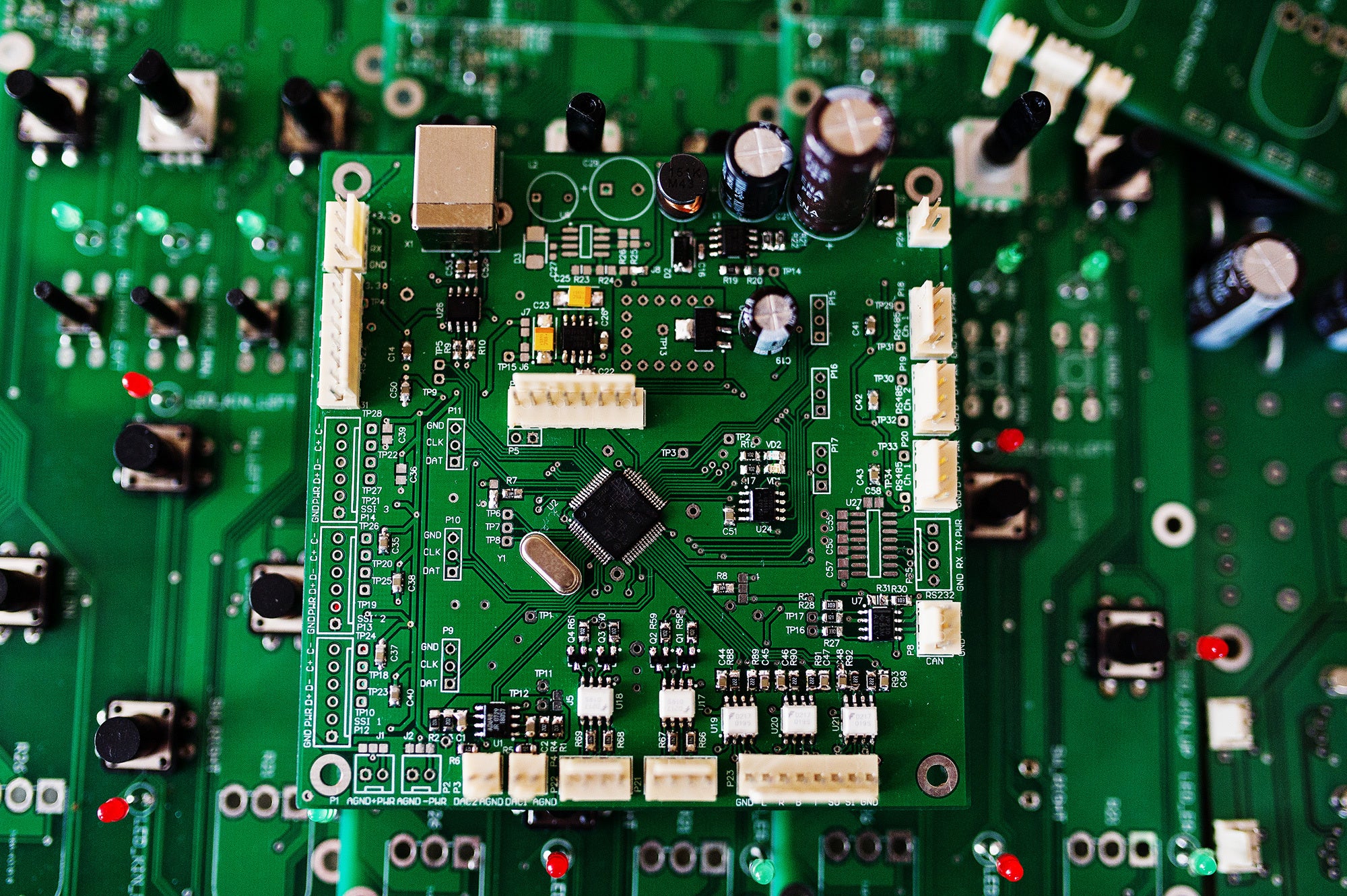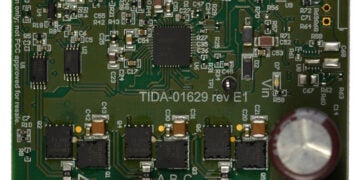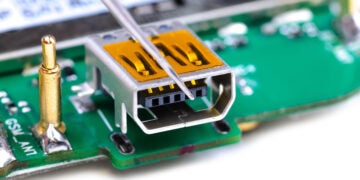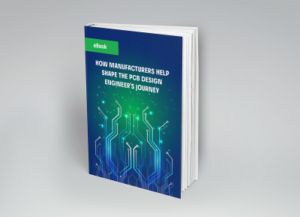
Electronics BOM management software is necessary to account for the hundreds or thousands of components within a design.
Sifting through the dozens or hundreds of lines in a bill of materials (BOM) is time-consuming, but it is crucial to ensuring smooth part purchasing and assembly. Over time, software platforms have had to become more comprehensive to accommodate the challenges of modern-day PCB design and manufacturing. This includes incorporating electronic BOM management software tools to ensure a perfect fit between the design and the BOM, aid procurement efforts, and secure timely delivery of end products while offering design teams numerous tools to navigate evolving markets with cost certainty. Here are the essential tools necessary for effective BOM management software:
| Electronics BOM Management Software Tool Essentials | |
| FEATURE | DETAILS |
| Cross-Probing | Users need to be able to check BOM components against the component library or database for the availability of component data (footprint, symbol, simulation/3D model, etc.). |
| Database Integration | Users should be able to seamlessly dive into a component search tool to check various market metrics and even make outright purchases. |
| Cloud-Based Collaboration | A collaborative BOM environment supports communication (e.g., between the designer and procurement team when performing part buys). |
Electronics BOM Management Software Functionality
The BOM is usually secondary to the schematic in the project hierarchy “driving” the design: the BOM populates the parameter information of components in the schematic. As a secondary document, changes to the part selection (due to functionality or market conditions) are easy to incorporate. Additionally, a BOM can be a revision record showcasing design changes over time. However, the BOM’s implementation into the design workflow differs slightly from that of the schematic and board file.
BOM management tools center around improving the PCB design and development workflow between the schematic and BOM (and vice versa). While both documents remain independent, their functionality merges. For example, changing a component in the schematic automatically updates the corresponding part information in the BOM. This feature also extends to cross-probing. Cross-probing a design is an easy way to check the layout against the schematic (or vice versa) to diagnose issues or floorplan the layout.
Cross-probing for the BOM is slightly different because the BOM, as a pseudo-descendent of the schematic, doesn’t link to any other design documents. However, it can link back to a design database to check against parts available in the library. In this manner, BOM management relies on library management to expedite the layout: designers can quickly check to see if replacement parts (by MPN) are simple drop-in replacements or will require additional resources. Additional electrical and physical parameters allow broader search results when designs need recalibration beyond straightforward replacements due to market conditions.
How BOM Management Aids Workflow
The most critical aspect of BOM management software is bidirectional updates between the user and database; changes made by the part supplier inform the engineer (and vice versa). That way, unforeseen changes that could delay a design or cause budget overruns are avoidable. The workflow should proceed thusly:
- The design engineer shares an early stage of the design with the parts supplier.
- The supplier(s) suggest any necessary replacement parts based on their pricing, availability, and obsolescence knowledge.
- The design engineer responds to suggestions and pushes them to the schematic/layout (including any necessary layout adjustments for different packaging or assembly processes).
- The process repeats itself until the designer is satisfied with the cost/availability of the components within the design.
Alternatively, electronics BOM management software helps reassure designers that all updates are live during revisions. The standard course of action is to alter the BOM by changing the MPNs or adding/removing reference designators. Designating components as do-not-installs (DNIs) is another possibility as these components remain in the layout, but provide some wiggle room for the PCB assembler to solder or desolder as necessary. After finalizing the BOM, the software solution should output a data file in a format that the CM can use (“.xls” is a commonly used industry standard). For tracking efficiency–for example, to accommodate schematic updates–a unique reference number is included that correlates with the component MPN.
Ultra Librarian BOM Management Solution
Electronics BOM management software helps design teams oversee the complex interplay of component cost, availability, and design appropriateness without getting bogged down in the details. With modern devices and mounting procurement challenges, design teams need library management as part of their BOM approach to minimize time spent on footprint generation. With UltraBOM, designers can seamlessly integrate the world’s largest CAD library and industry-leading online part search resource for immediate component procurement to optimize electronics BOM management software effectiveness.
Working with Ultra Librarian sets up your team for success to ensure streamlined and error-free design, production, and sourcing. Register today for free.








